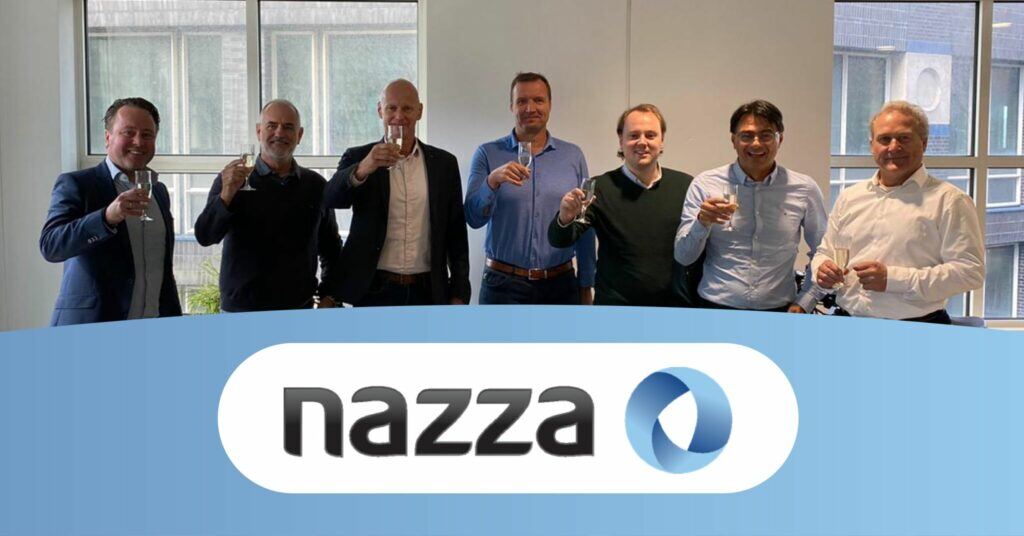
Current State of Mobility
Currently, different modes of transportation—cars, trains, buses, bikes, scooters, and more—operate as separate entities. There is little connection or integration between these forms of mobility, making it difficult to plan a journey using multiple modes of transport without registering with numerous providers. As a result, travelers often need to use four or more different apps for a single trip, which is highly inconvenient.
The Future of Mobility
Nazza anticipates a shift towards an open ecosystem and standardization among various operators and providers. Similar to the telecommunications industry, the mobility market is likely to see a few global players dividing the market. Additionally, numerous local and niche players will also emerge. To serve the entire market, all these players will need to connect through a standardized interface, and TOMP is one such standard currently being developed.
The Role of TOMP
TOMP, which stands for Transport Operator Mobility Provider, is a standard jointly defined by market players in the mobility sector. It enables providers of multi-modal mobility services (Mobility Providers) to connect and exchange information with operators of mobility assets (such as bikes, cars, and e-scooters) in a standardized way.
This simplifies the connection between providers and operators, allowing for seamless service for the end customer—the traveler. With TOMP, it becomes possible to plan, book, use, and settle a journey with multiple providers through a single app. The standardization process is being led by the government, particularly the Ministry of Infrastructure and Water Management, to ensure that all mobility service providers and operators can participate, creating an open ecosystem.
The Importance of a Unified Approach
To make Mobility as a Service (MaaS) successful, it’s essential for travelers to be able to seamlessly plan, book, and pay for their journeys using a single app, whether they are using public transport, a shared bike, or a shared car, both locally and internationally. For this to happen, the entire mobility system needs to speak a common language. Only then can mobility providers efficiently digitize and share information about their services and the availability of transportation options.



